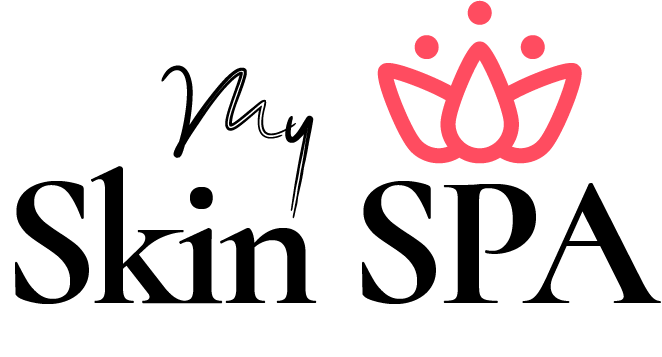My nickname was Ostrich. (Yes, I am tall. Lol). As Ostriches currently surround me, I challenge you to take your head out of the dunes and get educated. Many skincare products contain silicones (also known as silicon/s). These include make-up bases and primers. They are also found in shampoos, conditioners, leave-in conditioners, and many other items. What are they? They provide a luxurious, slick, velvety, smooth feeling for a short time. It depends on who you ask. The (Dictionary) defines them as a group of synthetic polymers whose chemical structure is based on chains that alternate oxygen and silicon atoms with organic groups attached. These compounds are resistant to chemicals and temperature changes. They are used in rubber, plastics, polishes, and lubricants. Silicon is a compound made of carbon, oxygen, hydrogen & silicon. (Notice the spelling difference; silicon is derived from silica, which comes from sand). From a scientific point of view, according to a study by the US National Library of Medicine and National Institute of Health (Krystyna Mojsiewicz-Pienkowska, 2016), siloxanes (silicones) constitute a group of low molecular weight compounds, organosilicon oligomers and polymers. Silicones have seen rapid development, with over 150,000 practical uses registered in the pharmaceutical, medical, cosmetic, and food industries. This makes me go eeekkkkkkk! Remember, this was a study that was commissioned in 2016, and at that time, the global production of siloxanes was over 8,000,000 tons. In 2002, it was only 2,000,000 tons. The global market for silicones (siloxanes) was expected to reach 19 billion dollars in 2017 !!!! Crickey is probably higher than this one year later. This study states that two years ago, 50% of all new skincare products contained at least one silicone type. What?? Silicones can be very difficult to remove. Dimethicone is the most common silicone. It’s heavy and leaves an extremely thick coating on anything you use it on. Primer & foundations contain a lot of it.
- Imagine wearing a piece of cling wrap on your hair or face and walking all day. Silicones work similarly. Your skin is covered with a microbiome, which includes both good and bad bacteria. I see a lot of acne/congestion (blocking), & dullness/dehydration (hinders the natural desquamation).
- They are cheap, cheap, and more inexpensive. Do you really think that the formulator is concerned about your skin, our planet, or hair? They don’t. They are only concerned with their bottom line. Period.
- Micellar waters are the latest trend. They may not have any color or fragrance, but check out what silicones they contain.
- According to the US study, the application safety decreases as the silicone particle size decreases. Low molecular silicones, which are lipophilic according to Lipinski’s rule, can overcome skin and biological membrane barriers. It is possible to increase the bioavailability of compounds and their permeation through skin layers.
- Most people believe that silicones are non-toxic or only toxic in very small amounts. Scientists and experts have questioned this opinion in a number of publications. Authors have shown that the level of polymerization and the structure affect the ability to penetrate cellular barriers. This includes the stratum corneum of skin and absorption in the organism.
- In an article published in Canadian Health 2015, silicones are discussed as potentially harmful to the environment. The government has taken safety measures to protect the eco-systems. This is impressive.
- As a holistic and core therapeutic practitioner, I do not use these products on myself or my clients. And certainly not on our eco-systems. My research has shown me that Canada is right to ban & control the synthesis of silicones. How can you tell if your product contains silicones? Take the time to learn about your products and read all labels. Cones: amodimethicone, Cyclomethicone, dimethicone, dimethicone, dimethicone, trimethylsilylamodimethicone.
- Conols: dimethiconol.
- Silanes: bis-PEG-18 methyl ether dimethyl silane, triethoxycaprylylsilane, triethoxycaprylylsilane cross polymer.
- Siloxanes: cyclopentasiloxane, polydimethylsiloxane, siloxane.
- Not only that! The trend is increasing towards silicone alternatives. Acrylamides
- Acrylates
- Carbomers
- Copolymers
- Methacrylates
- Polymers (mostly polybutene, polyisobutene).
- Polyvinylpyrrolidone (PVP)
These ingredients deserve their blog. According to the EWG Skin Deep Cosmetic Database, Acrylamides pose a moderately high risk of cancer. Canada is leading the world in terms of taking action against ingredients. They have either banned them or determined that they are unsafe to use in cosmetics. This country has banned and restricted it!! It is up to you what you choose to put on your body, down your drain, and in your mouth. Ingredients are important not only for your health but also for the health of our animals and our planet. I challenge you not to hide your head in the sand and see the ugly truth of the “beauty industry.”





